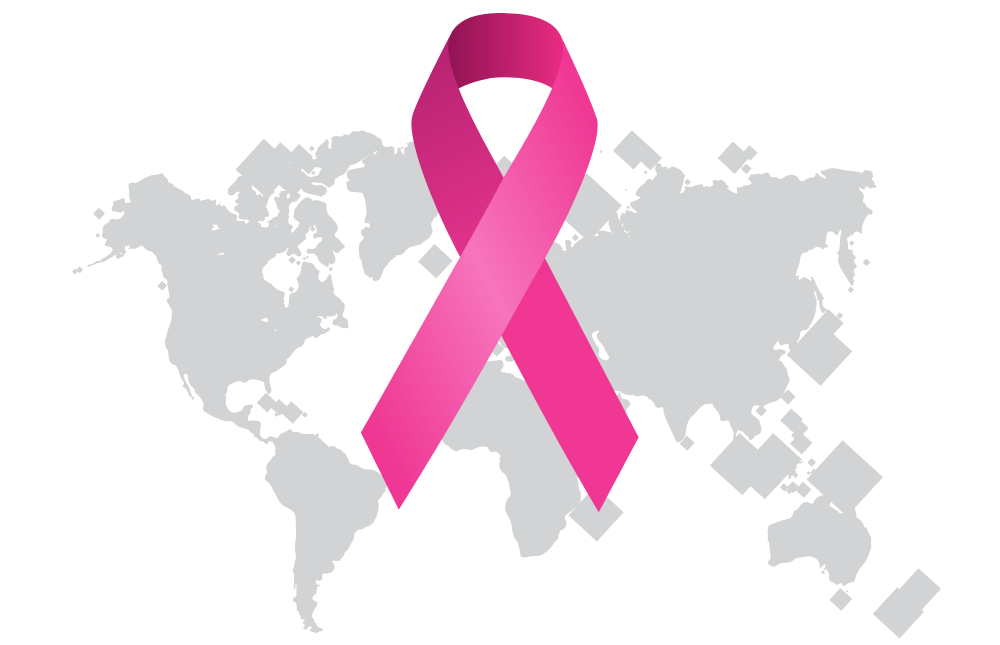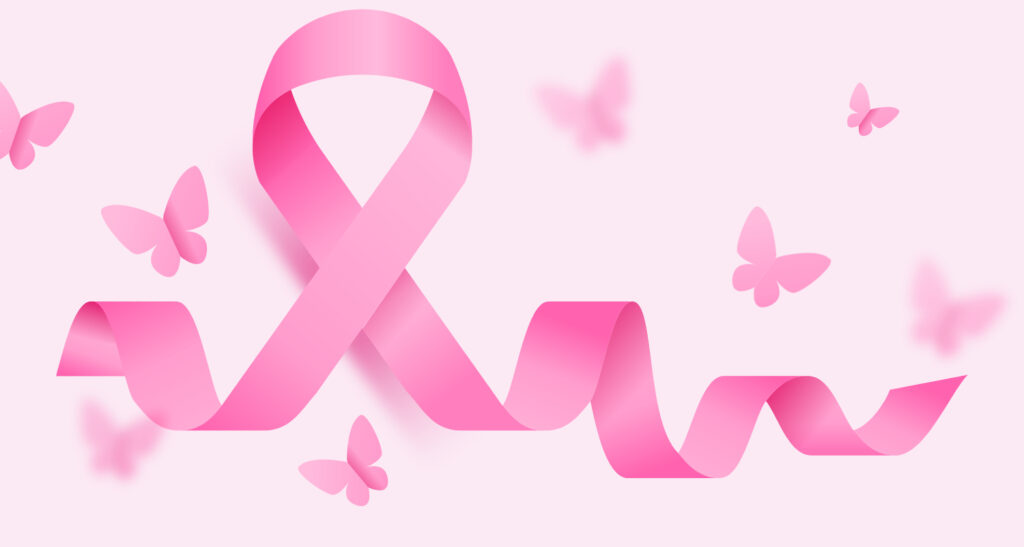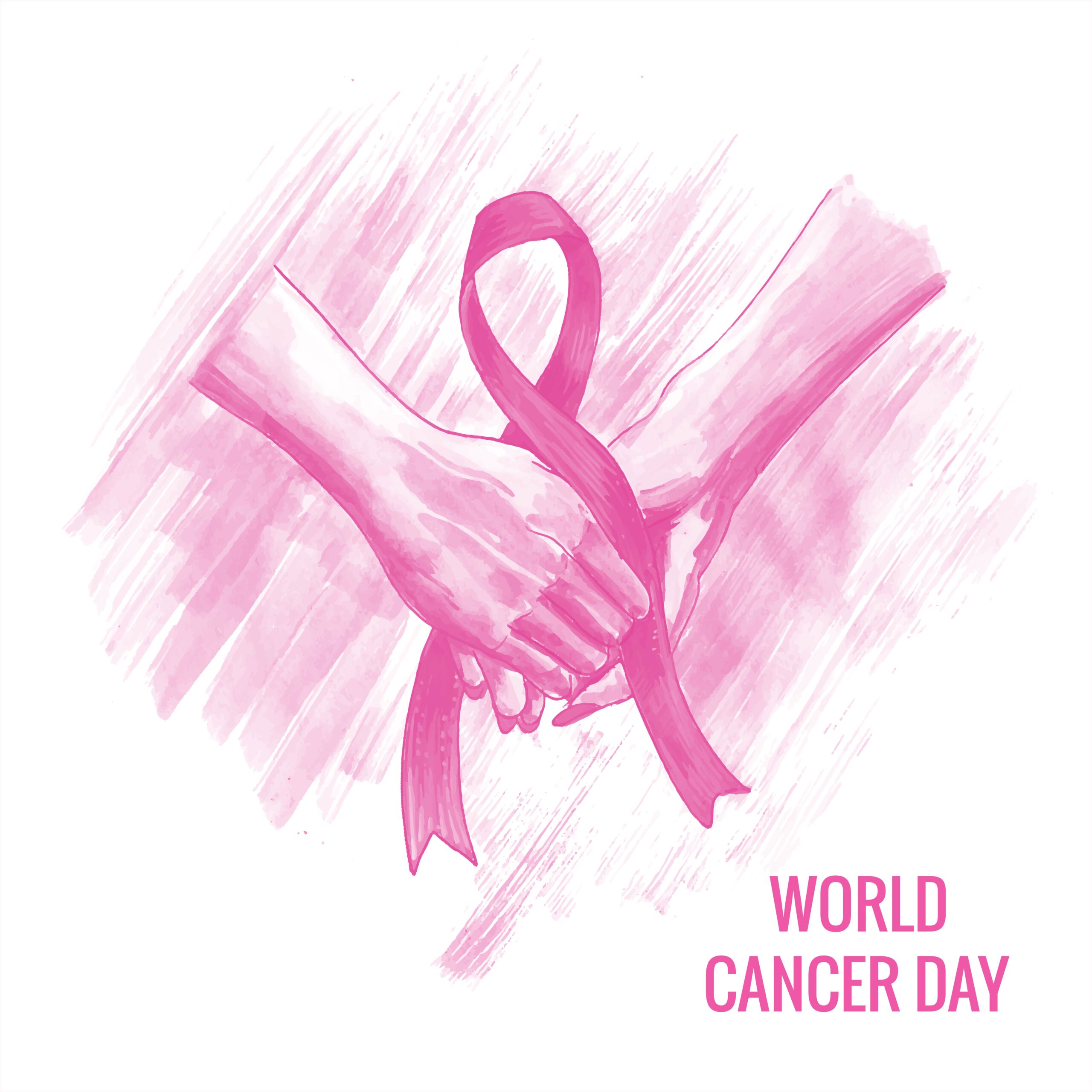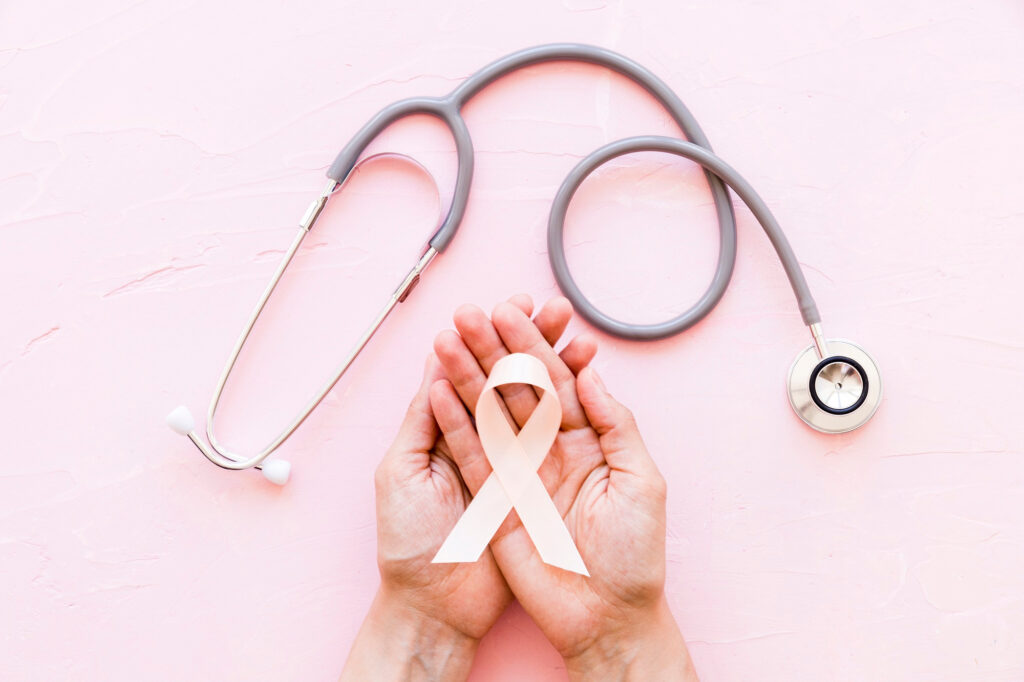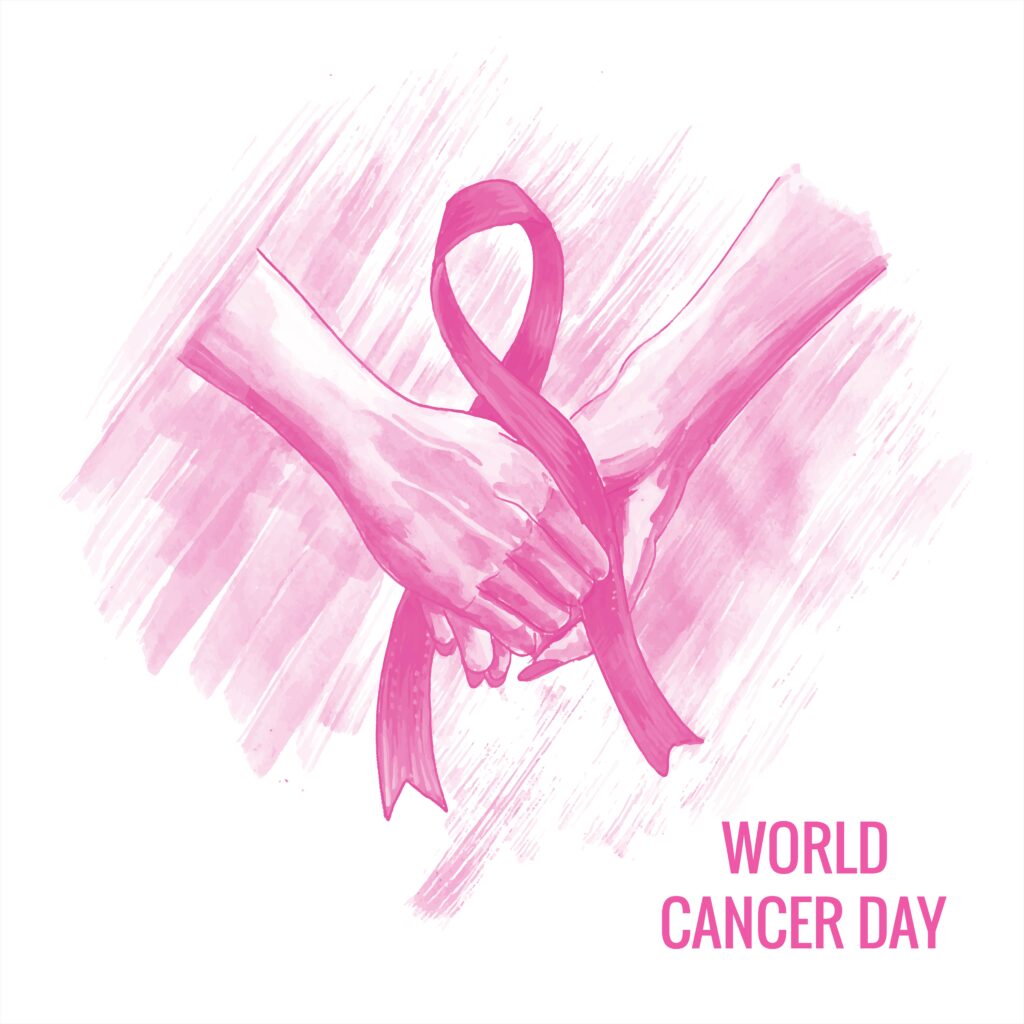Risk factors and causes of breast cancer
The causes of breast cancer are not yet completely understood. The risk of developing breast cancer is very small in young women and increases as women get older. Eight out of ten (80%) breast cancers occur in women over the age of 50. Some factors may slightly increase a woman’s risk of developing the disease and these are described below.
Health factors
Having had breast cancer before.
Having had certain types of benign breast disease (lobular carcinoma in situ or atypical hyperplasia).
Being overweight, once you have had your menopause, can increase the risk of breast cancer.
Hormonal factors
Women who are taking combined hormone replacement therapy (HRT), or have recently taken it, have a slightly increased risk of breast cancer. Younger women who take HRT because they have had an early menopause, or have had their ovaries removed, do not have an increased risk of breast cancer until after the age of 50.
Women who are taking the contraceptive pill, or have recently taken it, have a very slightly increased risk of developing breast cancer.
Women who don’t have children are slightly more likely to develop breast cancer than women who have children.
Women who start their periods early (early puberty) or have a late menopause have a slightly higher risk of breast cancer.
Women who have never breastfed are slightly more likely to develop breast cancer than women who have breastfed for more than a year.
Lifestyle factors
Drinking more than two units of alcohol a day over many years can increase the risk. A unit of alcohol is half a pint of normal strength lager or beer, a small glass (125ml) of wine, or a single measure (25ml) of spirit.
Genetic factors
A very small number – between 5–10% of breast cancers are thought to be related to inherited faulty genes. The two main breast cancer genes are BRCA1 and BRCA2. Other genes connected with breast cancer have been identified but these increase the risk of breast cancer only slightly whereas 40–80% of women with faulty BRCA1 and BRCA2 genes get breast cancer.
If you have any of the following in your family, you might want to speak to your doctor:
- Three close blood relatives (from the same side of the family) who developed breast or ovarian cancer at any age.
- Two close relatives (from the same side of the family) who developed breast or ovarian cancer under the age of 60.
- One close relative who developed breast cancer under the age of 40
A case of breast cancer in a male relative.
- A relative with cancer in both breasts.
- Your close relatives are your parents, children, brothers and sisters. These are called your first degree relatives.
Symptoms of breast cancer
In most women, breast cancer is first noticed as a painless lump in the breast.
Other signs may include:
- A change in the size or shape of a breast
- Dimpling of the skin of the breast
- A thickening in the breast tissue
- A nipple becoming inverted (turned in)
- A lump or thickening behind the nipple
- A rash (like eczema) affecting the nipple
- A bloodstained discharge from the nipple (this is very rare)
- A swelling or lump in the armpit.
- Pain in the breast is usually not a symptom of breast cancer. In fact, many healthy women find that their breasts feel lumpy and tender before a period. Some types of benign breast lumps can be painful.
